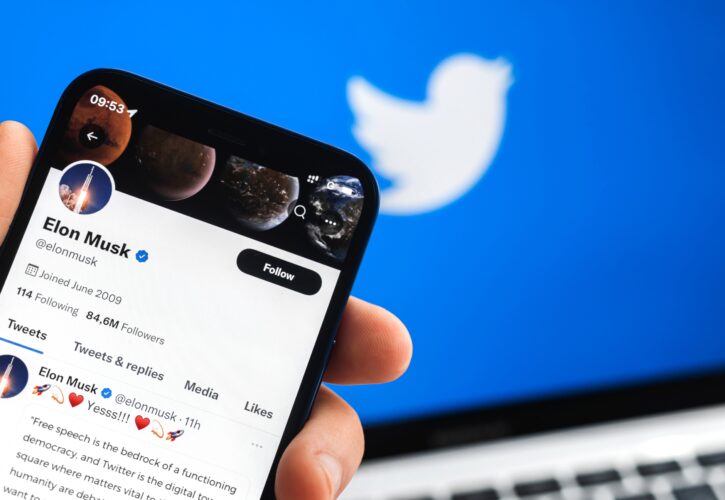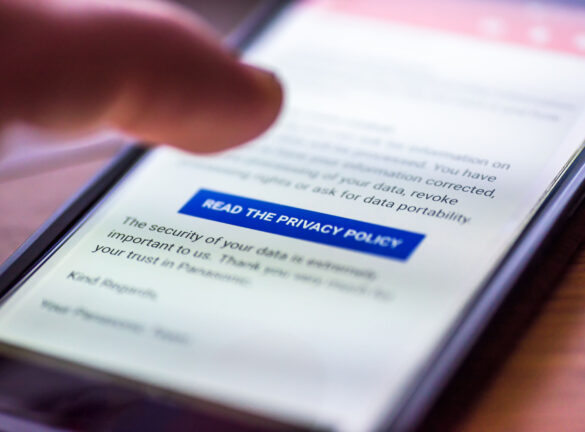
How will Twitter change with Elon Musk at the helm?
It came as a surprise to all last week when Twitter announced the takeover of the platform by Elon Musk for $44 billion, given the recent escalating public tensions between the two parties.
Whilst there may be many wide-reaching consequences of this acquisition in the future, the implications for the ad industry are yet to become obvious.
What do we predict?
Musk has been vocal around his support for free speech in general, therefore it follows that content restrictions are likely to be reduced on the platform in line with Musk’s belief that people can post what they like.
What’s the impact on advertising you say? Brand safety. Whilst the increase in diverse discussions can be seen as a positive for society, the lack of control may worry advertisers who look to tightly control what content their brand may be appearing next to. This could in turn lead to a reduction of some brands willing to put their marketing spend on the platform. Good for society? Possibly. Good for advertisers? Possibly not.
On the flip side, given Musk’s desire to authenticate Twitter users, this could lead to improved quality of Twitter’s audience data by an order of magnitude. While it was already vast, accuracy was always questionable, however with an authentication layer in place, this may prove to decrease overall users, but improve the data quality. Deeper audience insights and the near eradication of the dreaded Twitter bot would be welcome improvements to any media planning team. This would also serve as an improved user experience for the regular platform users.
Finally, an element advertisers will have to contend with is a subscription model to use the platform ad-free. We may see a subscription service come into play as a different revenue stream for the business, but what the take up of this will be is hard to predict at this point. If it were to be implemented, this may prove to put a selection of valuable audiences out of an advertisers reach. While Twitter’s share price has been slowly building since a near two year low at the start of March of $32, Musk will need to carry this trajectory forward, and building revenue in the short term with the more forecastable income stream of a subscription model may be tempting.
Opportunity for Advertisers?
On average, the only social platform people spend more time on is YouTube, with 2x the average visit duration of Twitter at 21 minutes, and the platform demographic split currently sitting at around the 56% male mark. With the majority of users in the 25-34 age bracket, there is a clear targetable audience to reach with the platform. However, with user growth currently predicted to stagnate at a mere 3.5% increase up to 2024 (Statista), there’s only so much reach available, potentially driving up the cost of advertising as the space becomes increasingly competitive. Again, this relies on the above point around advertisers’ appetite for brand safety risk.
However this takeover plays out, Twitter as a platform is at a crucial point of its development. Will there be a step change in user growth to propel Twitter into the Facebook and Instagram big leagues, or are the best times of the platform in the past?
Let us know what you think!




